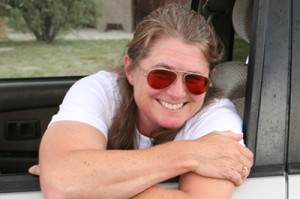
 The history of the New Deal, and how Arizonans responded to its challenges, is an inspirational story of how individuals worked to better themselves; a story of how communities took care of inhabitants and total strangers during drought and Depression; and a story of how we, as a state, could improve the lives of all and leave an important built legacy for generations to come. That legacy is still written in our landscapes, buildings, and communities. We use those historic sidewalks, schools, and post offices without knowing that they were built for us more than 80 years ago. Today we enjoy our parks and forests that were restored for us long ago. We can celebrate those ‘bootstrap’ labors and remind ourselves that we, too, can rise above adversity to improve our lives and the lives of others around us.
The history of the New Deal, and how Arizonans responded to its challenges, is an inspirational story of how individuals worked to better themselves; a story of how communities took care of inhabitants and total strangers during drought and Depression; and a story of how we, as a state, could improve the lives of all and leave an important built legacy for generations to come. That legacy is still written in our landscapes, buildings, and communities. We use those historic sidewalks, schools, and post offices without knowing that they were built for us more than 80 years ago. Today we enjoy our parks and forests that were restored for us long ago. We can celebrate those ‘bootstrap’ labors and remind ourselves that we, too, can rise above adversity to improve our lives and the lives of others around us.
Robin Pinto studies the evolution of cultural landscapes in Arizona and focuses on four issues of historic change: early settlement and homesteading, New Deal federal work programs, ranching on public lands, and development of our national parks. She has an MLA and PhD from the University of Arizona. She writes historical landscape assessments for the National Park Service, works with the BLM Heritage Technical Team to study landscape change at the Empire Ranch and Cienega Creek watershed, and volunteers for numerous non-profit preservation organizations. With three other historians, she recently completed a book, Cowboys and Cowgirls around Ajo, Arizona.
Notifications